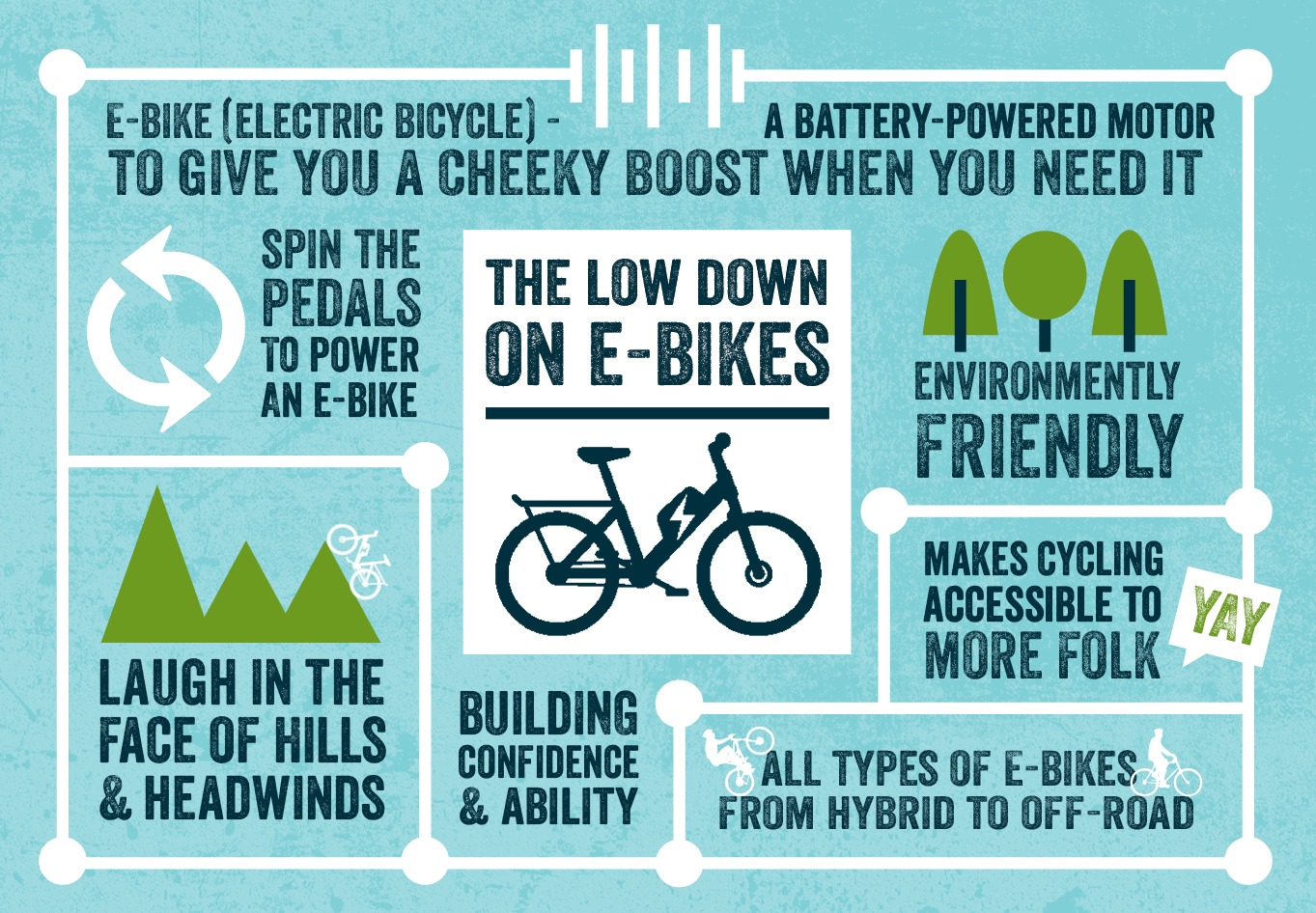Exploring E-Bike Types: What Each Category Stands For

Material Writer-Funch McDonough
If you're considering acquiring an e-bike, understanding the various courses is type in making a notified decision. You could be shocked at exactly how each class offers unique features that accommodate numerous riding choices and legal needs. From pedal-assist choices to throttle-controlled versions, each course has its benefits. So, before you decide on the best e-bike for your needs, it's critical to comprehend the differences between Class 1, Class 2, and Class 3 e-bikes.
Course 1 E-Bikes
Course 1 E-Bikes are defined as pedal-assist electric bicycles that give aid just when you pedal, stopping to do so once you get to 20 mph. These bikes are perfect for those trying to find a little additional increase while still intending to get some workout. Course 1 E-Bikes supply a smooth transition in between pedaling and electrical help, assisting you dominate hills and cross countries with ease. Learn More Here in as quickly as you start pedaling, supplying an all-natural and easy trip experience.
Among the crucial advantages of Course 1 E-Bikes is that they're allowed on many bike courses and routes where conventional bikes are permitted. This suggests you can check out new courses and enjoy the outdoors with no constraints.
Additionally, these bikes are environmentally friendly and supply a lasting mode of transport, decreasing your carbon impact while still obtaining you to your destination efficiently.
Class 2 E-Bikes
Carrying on from the pedal-assist dynamics of Class 1 E-Bikes, Class 2 E-Bikes introduce a brand-new aspect right into the electric bicycle realm. These e-bikes include a spin throttle attribute, permitting you to ride without pedaling whatsoever. With this enhancement, you have the option to simply engage the throttle and allow the electric motor do the job, driving you ahead easily.
Course 2 E-Bikes are optimal for motorcyclists that may require a break from pedaling or require help when starting from a total quit. This attribute makes them specifically appealing for people with restricted wheelchair or those who desire a more leisurely riding experience.
Nevertheless, it is essential to keep in mind that Class 2 E-Bikes are still controlled by a speed restriction of 20 mph, guaranteeing safety and security and compliance with guidelines.
Class 3 E-Bikes
For bikers looking for a much more dynamic electrical cycling experience, Class 3 E-Bikes deal improved rate and efficiency compared to their Course 1 and Course 2 equivalents. Class 3 E-Bikes are called "speed pedelecs" and can get to speeds of as much as 28 mph, supplying a thrilling experience for those seeking an extra boost. These bikes come geared up with a pedal-assist system that starts when you begin pedaling, making it easier to maintain higher speeds with less effort.
One essential function of Class 3 E-Bikes is that they aren't limited to bike lanes just; they can also be used on roads where the rate limit is 30 miles per hour or reduced. This adaptability allows motorcyclists to navigate through website traffic extra efficiently while still delighting in the advantages of electrical aid.
Nonetheless, it's important to remember that some areas may have details policies concerning the use of Course 3 E-Bikes, so always examine neighborhood regulations prior to hitting the road.
Conclusion
So, since you understand the distinctions in between Course 1, 2, and 3 E-Bikes, you can make a notified choice on which type best fits your needs. Whether you prefer pedal-assist, throttle function, or higher speeds, there is an E-Bike course out there for you. Bear in mind to consider your neighborhood laws and personal preferences prior to making your choice. Satisfied riding!

